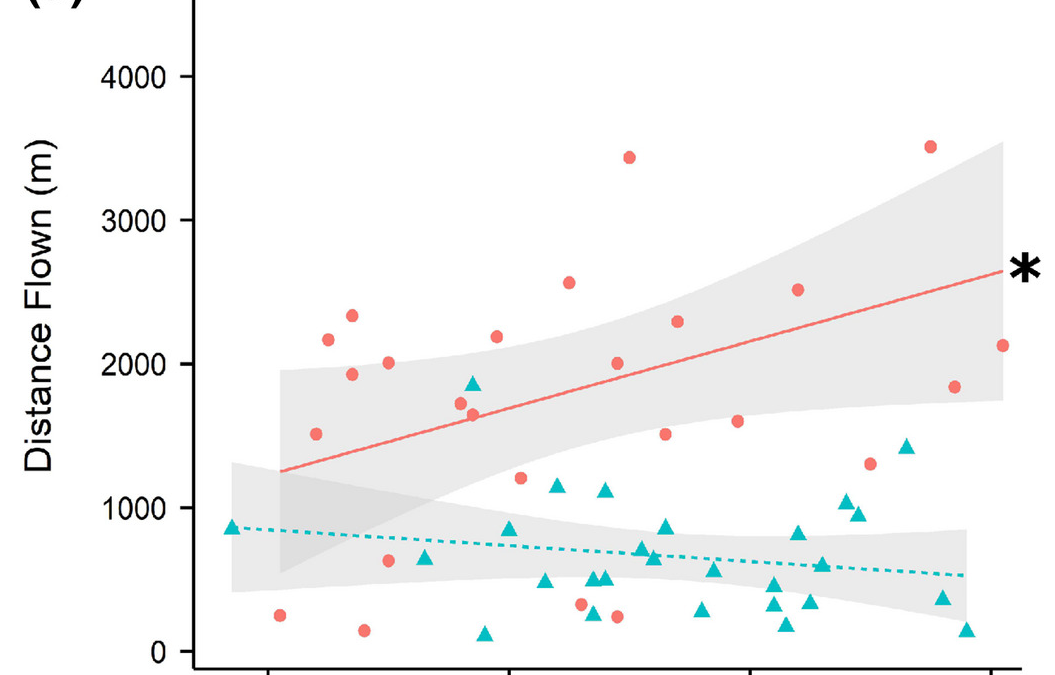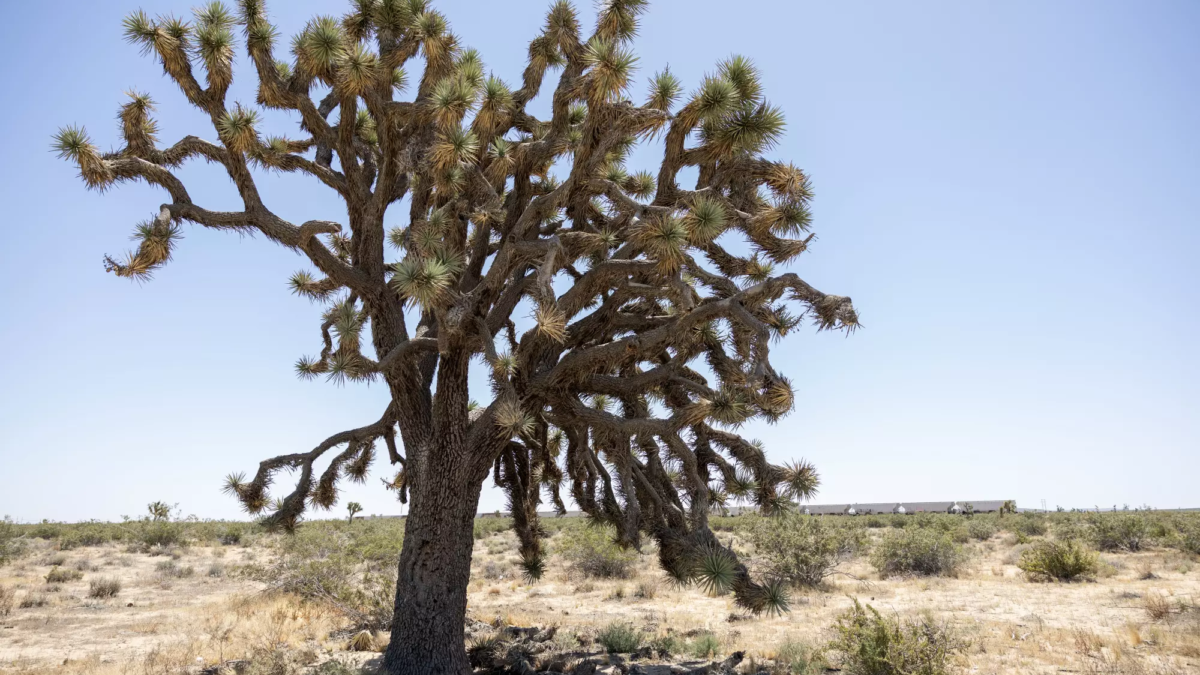California storms leave billions of dollars in damage to businesses, homes, and infrastructure – Few homeowners have flood insurance – Total costs associated with storms estimated at $31 billion to $34 billion

By Jim Carlton
21 January 2023
ANTIOCH, California (The Wall Street Journal) – Paradise Skate Roller Rink was preparing to host a New Year’s Eve bash when floodwaters poured in from a nearby creek, destroying the wooden floor and leaving the decades-old business in this San Francisco Bay Area suburb out of commission for months.
“Mother Nature could have been a little nicer, but I think she has a head of her own,” general manager Bob Bruce said earlier this week, walking carefully on the warped floor as dozens of beach balls intended to drop at midnight Jan. 1 remained suspended in a ceiling net.
All over California, residents and businesses are picking up the pieces after being pummeled by some of the most destructive storms to hit the state in decades. From San Diego in the south to Sonoma in the north a parade of nine atmospheric rivers—so-called because they funnel water over a narrow area—have unleashed enough rain since Christmas to surpass the totals of some recent years.
Many welcomed precipitation in the drought-stricken state, but not so much in so short a timespan. Oakland received nearly 17 inches of rain between Dec. 26 and Jan. 19, 89% of its normal annual total, while downtown Los Angeles was soaked with 1.82 inches on Jan. 14, breaking the previous single-day rain record of 1.56 inches, according to the National Weather Service. The Sierra Nevada range was buried under more than 15 feet of snow. At least 20 people died in the storms, according to officials.

While much of the damage is still being assessed, people who work in industries ranging from tourism to farming have been affected, as have an assortment of businesses that suffered flooding and other damage. The storms also damaged public infrastructure.
“The scale and duration of these atmospheric rivers has impacted homes, businesses, vehicles, boats, agriculture and infrastructure like roads, bridges, levees, docks and piers,” said Adam Smith, a climate scientist with the National Oceanic and Atmospheric Administration.
Jonathan Porter, the chief meteorologist at AccuWeather Inc., pegs the total costs associated with the storms at $31 billion to $34 billion, including lost economic output. He said roughly half of that sum stems from property and infrastructure damage, with water causing the most problems.
“Once water gets into your home or business, you have all kinds of issues to remove walls, floors, other materials,” Mr. Porter said.
Sacramento County officials said the storms caused about $123 million in damage, including from trees falling into homes in the older, downtown part of the state capital.
In Los Angeles County, repairs to public property will likely cost at least $100 million, officials said.

President Biden this week announced federal disaster declarations for four California counties, adding to three he announced last week. On Thursday, the president toured the damaged waterfront of Santa Cruz County, including the seaside resort of Capitola, where waves cut a historic pier in two.
Under the declarations, individuals and businesses can apply for direct assistance from the Federal Emergency Management Agency.
Dozens of other counties affected by the storms are seeking federal disaster assistance, too. “We’re a small, rural county, so it’s always a challenge to have resources and be recognized,” said Kathy Gallino, spokeswoman for Calaveras County, population 47,000.
Ms. Gallino said the county in the Sierra Nevada foothills, known for its Gold Rush history, has lost tourists because of roads closed by landslides and damage to grapes in its vineyards. A total damage estimate is still being compiled, she said.

Officials with FEMA didn’t immediately respond to a request for comment.
The Small Business Administration is beginning to process applications for low-interest loans for storm victims throughout the state, regardless of whether the people affected are in an official disaster area.
In Antioch, which isn’t included in the disaster declarations, Mr. Bruce said his roller-rink business probably would apply for an SBA loan to help offset the estimated $200,000 cost of replacing a 9,248-square-foot skating floor made of maple. He said the rink, which first opened in 1969 and employs 18 people, would be unable to open for three to six months.
“We’ll be back, but it’s going to be hard,” Mr. Bruce said.
California’s tourism business has been disrupted in places such as the Big Sur coast, where landslides have blocked scenic Highway 1. More than 560 slides have been reported statewide from the storms, including one partially blocking a mountainous stretch of Interstate 5 in Southern California.
California’s agriculture industry also has suffered damage. In Monterey County, officials estimated losses of $40 million to $50 million from flooded fields. In the Central Valley, farmers reported some almond trees ripped out by winds and expressed concern about water damage to roots. [more]
California Storms Leave Billions of Dollars in Damage to Businesses, Homes and Infrastructure

In soaked California, few homeowners have flood insurance
By Michael Phillis and Adam Beam
21 January 2023
ACAMPO, California (AP) – On Sunday morning, Kyle Starks woke up to floodwaters that reached the door of his Jeep after yet another heavy rain storm drenched California. Emergency crews showed up with boats to float Starks and other residents of his rural mobile home park in Acampo to safety.
Beyond the physical destruction, the storm could pack a financial hit: Starks does not have flood insurance.
“I didn’t think it would flood this bad,” he explained from an evacuation center, worried that water damaged wiring and air conditioning equipment.
In California, only about 230,000 homes and other buildings have flood insurance policies, which are separate from homeowners insurance. That means only about 2% of properties are covered against flooding. The federal government is the insurer for the bulk of them – about 191,000 as of December. Private insurers issued the rest, according to the most recent state data from 2021.

In California, 32 trillion gallons of rain and snow fell since Christmas. The water washed out roads, knocked out power and created mudslides by soaking wildfire-charred hills. It caused damage in 41 of the state’s 58 counties. At least 21 people have died.
It takes targeted study to know the role of climate change in specific weather, but warmer air means storms like the ones that deluged California in recent weeks can carry more water.
Yet California’s drought has dulled people’s sense of the risk of flooding. People usually buy insurance after disasters when the risk is visceral, said Amy Bach, the executive director of insurance consumers group United Policyholders.
“People think the only people that need flood insurance are people who live right on the beach or on the banks of a river that has a history of flooding,” Bach said. In reality, far more people are threatened by rushing or rising water.

When you buy a home, a key document will be official Federal Emergency Management Agency maps that tell you if it’s in a high risk flood zone. If it is and you have a federally-backed mortgage, you are required to buy flood insurance that costs on average $950 a year. Many banks require it too.
Yet FEMA maps are limited and only take into account certain kinds of flooding — they don’t really predict flood risk. Flooding caused by heavy rains that back up storm drains is not counted, for example. The limitations mean flood risk is underestimated nationally. The maps particularly lowball the chance of disaster in California, according to Matthew Eby, executive director of First Street Foundation, a risk analysis organization.
The FEMA maps don’t show Stark’s mobile home in a high-risk area. And three years before his neighbor Juan Reyes bought his house, a series of storms dumped record amounts of rain on the state and flooded their neighborhood.

Reyes knew this, but he still did not buy flood insurance. It was too expensive, he said, and wasn’t required. Plus, he thought local officials had improved the storm drainage system so that a similar flood wouldn’t happen again. But it did and Reyes also had to be rescued by boat. He’s staying at the same evacuation center, hoping his home isn’t too badly damaged.
The storms damaged several thousand homes so badly they’ll need to be repaired before people can live in them again. But Nicholas Pinter, a professor at the University of California, Davis who researches watersheds, said California needs to be prepared for even bigger events and that requires far more investment in flood defenses and more awareness of its danger.
“It is worrisome that there was as much damage as there was for what was extreme but not catastrophic flooding,” he said. [more]


